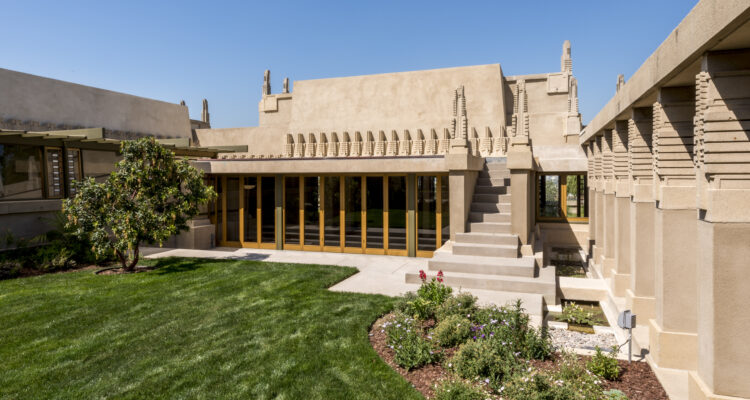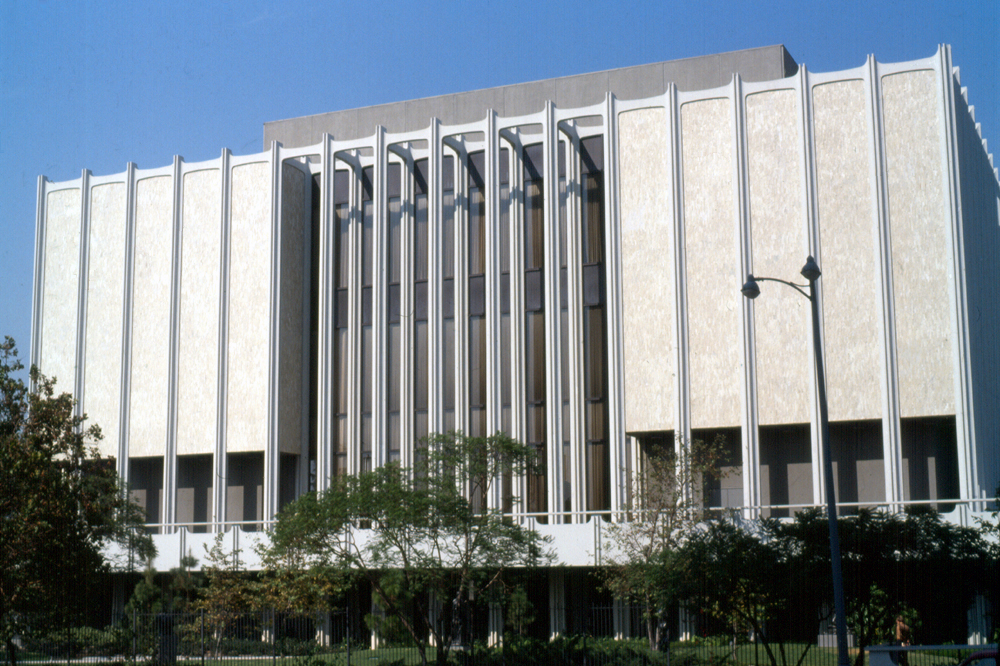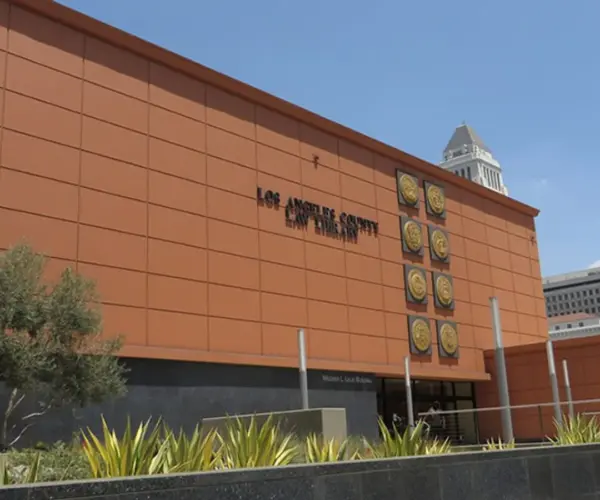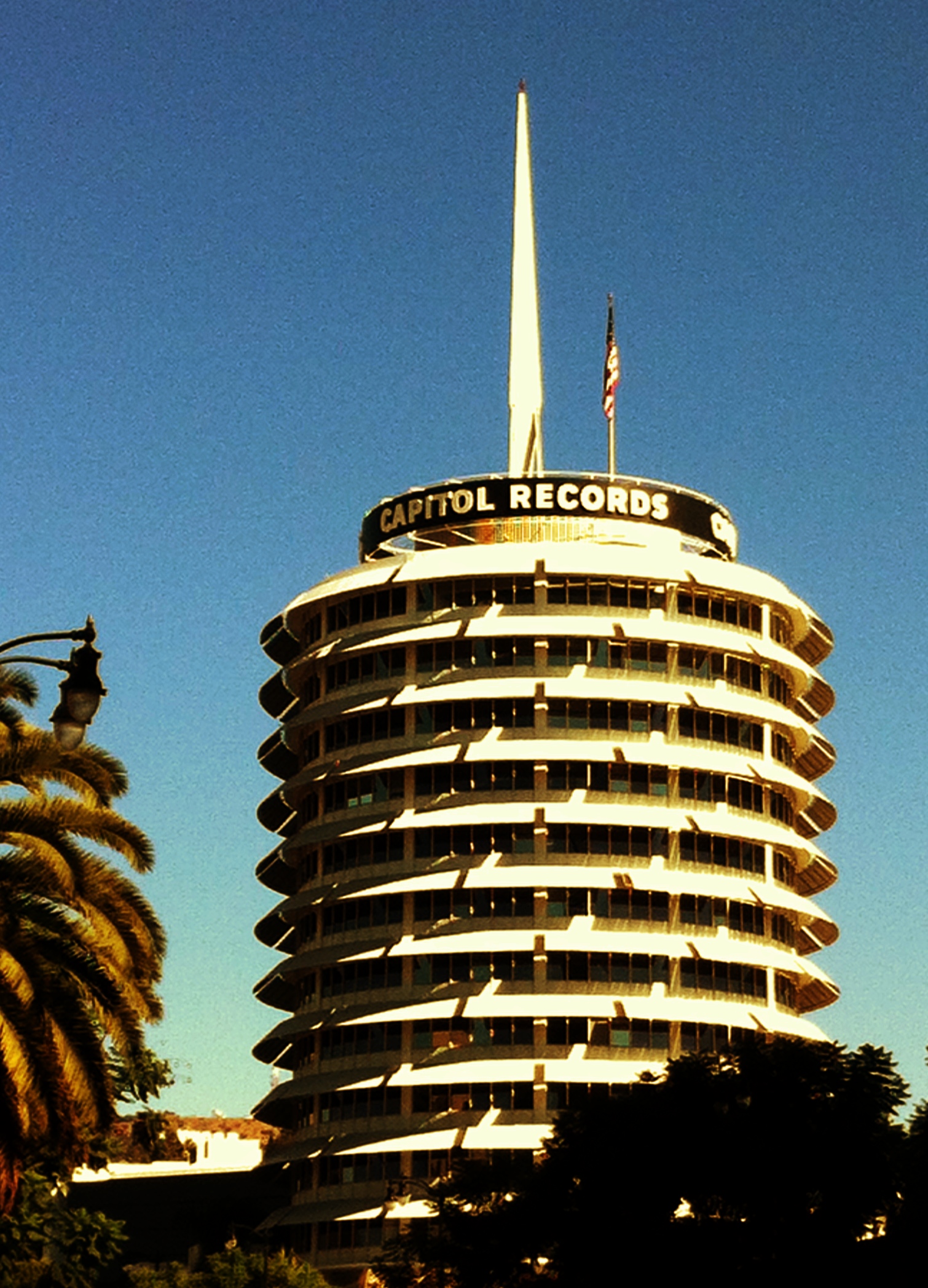
Place
Hollyhock House
Frank Lloyd Wright's first Los Angeles project thrives as the centerpiece of a civic arts complex.
Place Details
Address
Get directions
Architect
Style
Decade
Designation
Property Type
Community
On July 7, 2019, the Hollyhock House and seven other U.S. sites designed by Frank Lloyd Wright joined the UNESCO World Heritage Sites list. This is the only Los Angeles site that has attained this level of international cultural heritage recognition.
Built between 1919 and 1921, Hollyhock House was the first Los Angeles commission for the legendary architect Frank Lloyd Wright. He designed it for Aline Barnsdall, a wealthy iconoclast and patron of the arts (learn more about her here). Barnsdall envisioned the house as the centerpiece of an artists’ colony on Olive Hill in the neighborhood of Los Feliz.
Construction was supervised by Wright’s son Lloyd Wright, and the project brought a young Rudolf Schindler to Los Angeles. Due to intense differences between Wright and Barnsdall, only three buildings were constructed, and Barnsdall rarely occupied her residence. In 1927, she donated the property to the City of Los Angeles for use as an art park.
Featuring a decorative motif inspired by Barnsdall’s favorite flower, Hollyhock House is an extraordinary and early expression of Southern California architecture.
Wright referred to his design for the house as “California Romanza,” from a musical term meaning “freedom to make one’s own form.”
The house is monumental in form, yet it seamlessly integrates the indoors with outdoor gardens and living spaces. Its structural system predates the textile-block system Wright would use in his other Los Angeles houses.
While the interior is remarkable throughout, the living-room hearth—topped by a skylight and integrating a seemingly floating hearthstone, bas-relief stone mural, and wood-slat screen—provides a particularly dramatic focal point.
The house was designated as a National Historic Landmark in 2007 and has been nominated as a UNESCO World Heritage Site.
Regular maintenance kept the house in good condition over the years. Yet it was renovated several times, had long suffered from water intrusion, and was damaged in the 1994 Northridge earthquake. In 2007, the City and Project Restore, a public-private partnership, began planning a project to address structural needs and restoration. In 2010, the project team began four years of work to repair and prevent water damage, seismically strengthen the house, restore historic elements, and reverse past alterations.
Hollyhock House reopened to the public in February 2015, and the meticulous project earned a 2015 Conservancy Preservation Award. This project was a major achievement for the City of Los Angeles, as well as clear evidence of the value of civic investment in historic places.


